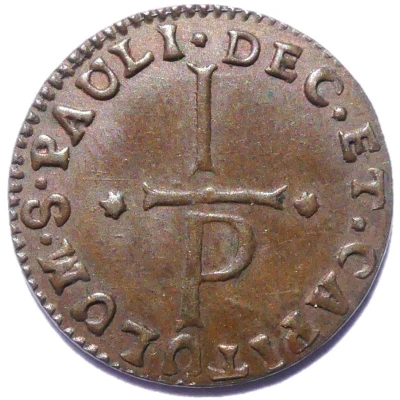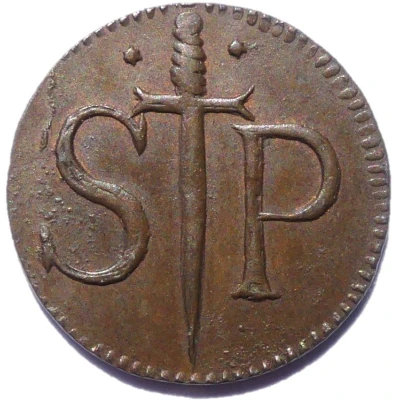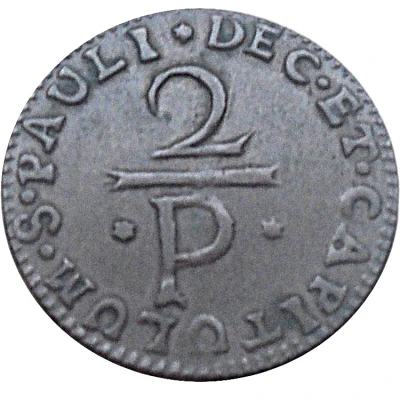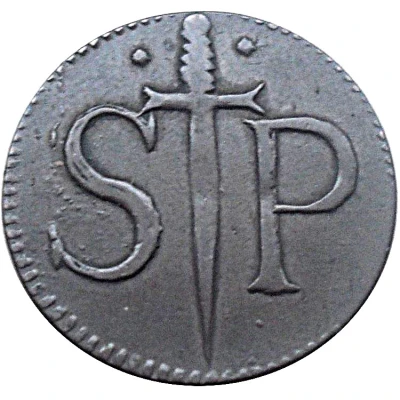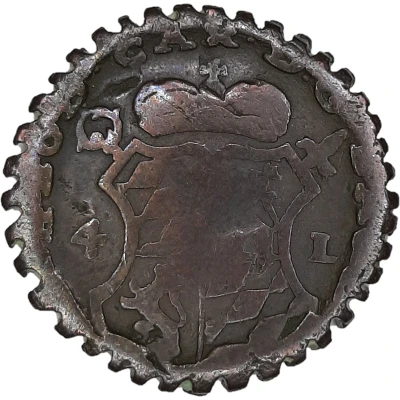
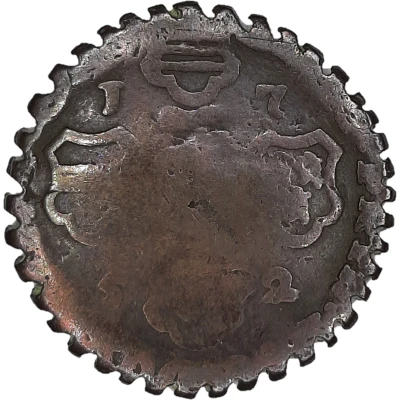

Bekkesnijder 4 Liard
1752 year| Copper | 11 g | 22 mm |
| Location | Prince-bishopric of Liege (Belgian States) |
|---|---|
| Type | › Tokens |
| Year | 1752 |
| Value | 4 Liards (1⁄20) |
| Currency | Florin Brabant-Liege (1650-1795) |
| Composition | Copper |
| Weight | 11 g |
| Diameter | 22 mm |
| Shape | Round (irregular) |
| Orientation | Coin alignment ↑↓ |
| Demonetized | Yes |
| Updated | 2024-11-14 |
| Numista | N#345325 |
|---|---|
| Rarity index | 97% |
Reverse
Two small shields
Script: Latin
Lettering: 1752
Edge
Serrated
Comment
This "Bekkesnijder" (Facecutter) was created by serrating a 4 Liard Coin (N#29736).
Until the middle of the 18th century, "Bekkesnijden" was a very popular "game" at farmers parties and weddings to resolve disagreements. Such of a stabbing weapon, which could only inflict minor injuries (cuts and scratches), the two warring parties had to mutilate each other's faces until the other gave up. The carving of the peasants was both an amusement and an exercise, similar to the jousting of the nobles.
These stabbing weapons were often made from liards/duiten that were made serrated. By keeping these coins between the fingers, serious injuries could be inflicted. The one who won the most cutting competitions could be challenged. It was the rule that he had one of his cutting weapons in his hat and hung the other in the local inn.
Due to the violent nature of the game, it was already banned in the 16th century. It was not until the 17th century that it was possible to push back the fighting game. However, it still remained very popular, especially in the eastern and southern areas of the low lands.
